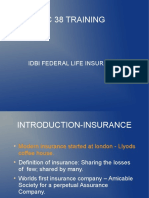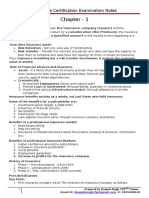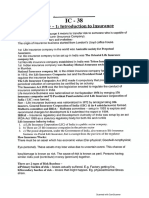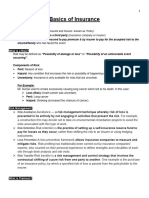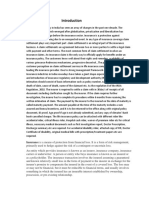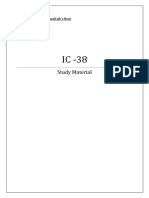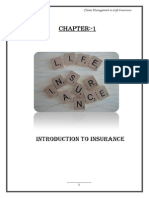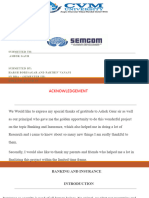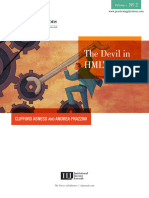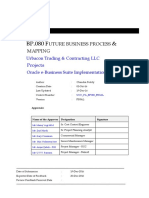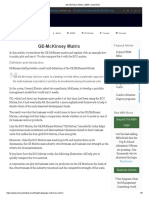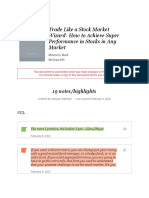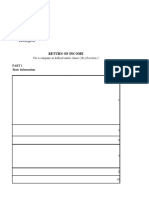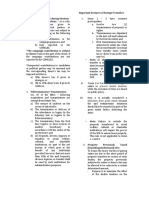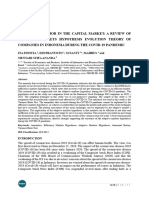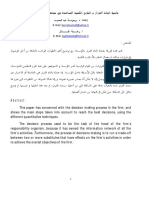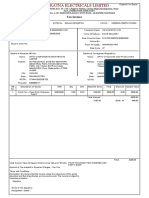0% found this document useful (0 votes)
58 views36 pagesLAFS Batch Note
The document provides comprehensive notes on insurance, covering topics such as the history of insurance, types of insurance, risk management techniques, customer service, grievance redressal mechanisms, regulatory aspects, legal principles, financial planning, and various life insurance products. It highlights the evolution of insurance in India, the importance of customer service, and the regulatory framework governing insurance agents and companies. Additionally, it discusses different insurance products and their features, including life insurance policies and financial planning considerations.
Uploaded by
iqcity148Copyright
© © All Rights Reserved
We take content rights seriously. If you suspect this is your content, claim it here.
Available Formats
Download as PDF, TXT or read online on Scribd
0% found this document useful (0 votes)
58 views36 pagesLAFS Batch Note
The document provides comprehensive notes on insurance, covering topics such as the history of insurance, types of insurance, risk management techniques, customer service, grievance redressal mechanisms, regulatory aspects, legal principles, financial planning, and various life insurance products. It highlights the evolution of insurance in India, the importance of customer service, and the regulatory framework governing insurance agents and companies. Additionally, it discusses different insurance products and their features, including life insurance policies and financial planning considerations.
Uploaded by
iqcity148Copyright
© © All Rights Reserved
We take content rights seriously. If you suspect this is your content, claim it here.
Available Formats
Download as PDF, TXT or read online on Scribd
/ 36
